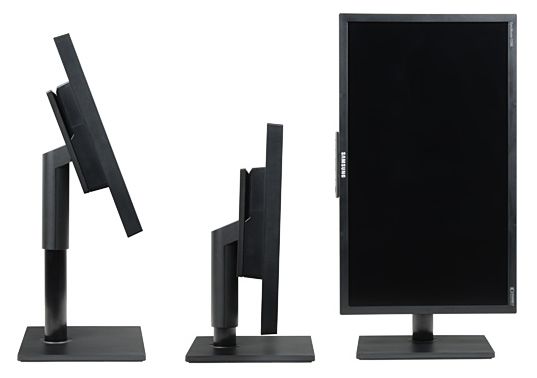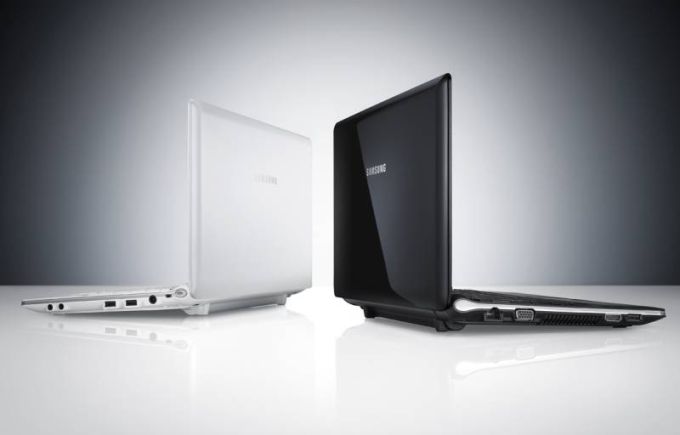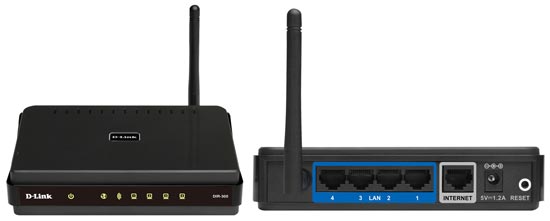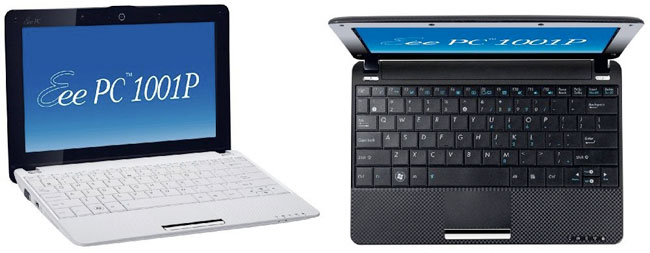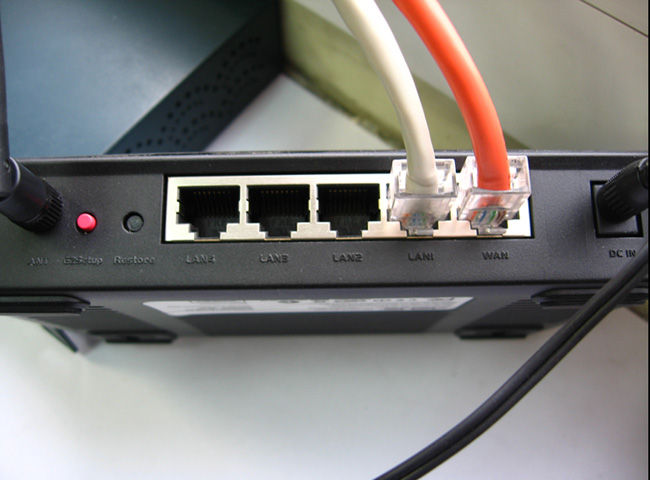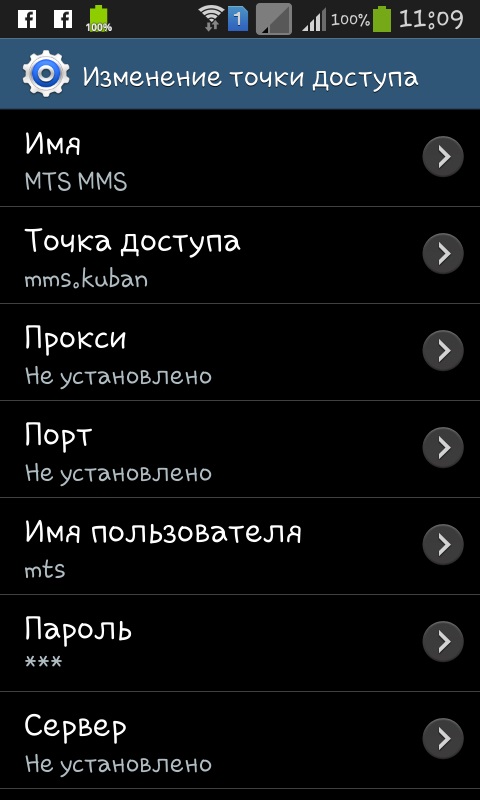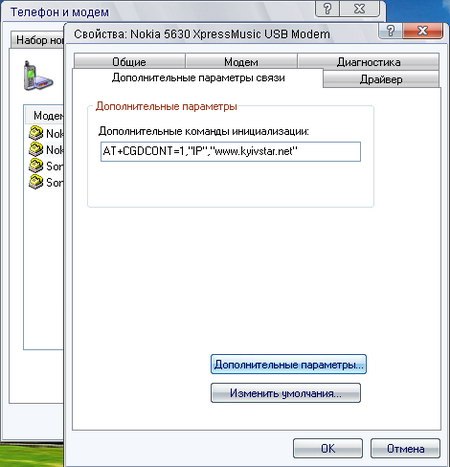WiMAX (Worldwide Interoperability for Microwave Access)
 WiMAX (Worldwide Interoperability for Microwave Access)- The name of the wireless standards IEEE 802.16 (IEEE - Institute of Electrical and Electronics Engineers), which support mass broadband access to remote networks (including the Internet). Today they are presented by 802.16d-2004 and 802.16e-2005.
WiMAX (Worldwide Interoperability for Microwave Access)- The name of the wireless standards IEEE 802.16 (IEEE - Institute of Electrical and Electronics Engineers), which support mass broadband access to remote networks (including the Internet). Today they are presented by 802.16d-2004 and 802.16e-2005.
At the physical level, mobile WiMAX usesOFDMA technology (multiple access on orthogonal frequency subcarriers) - the most advanced now in terms of spectral efficiency, bandwidth, delays and advanced MIMO annite technologies. At the data link layer, it uses modern data protection protocols and principles of quality assurance (QoS); Internet Protocol (IP) is supported.
Since 2001 The consolidating center of innovation in the field of new technology is the WiMAX Forum. Its participants are fighting for the compatibility of base stations and user equipment. The WiMAX Forum working groups develop so-called "profiles" to match the hardware parameters to the adopted specifications, as well as special tests. Since 2008, the efforts of the WiMAX Forum have focused on the promotion of the IEEE 802.16e-2005 standard. In 2007, it was approved by the 6th IMT-2000 standard at the International RadioCongress. The number of devices certified by the Forum in accordance with the requirements of the "second wave" (Wave 2), allows us to talk about the wide availability of basic and client infrastructures.
This year the WP5D working group of the InternationalThe Telecommunication Union (ITU) analyzes LTE and WiMAX2 technologies as candidates for inclusion in the IMT-Advanced (4G) group. The basic protocol for WiMAX2 technology is the IEEE 802.16m standard, the final version of which should be approved in the summer of 2010. It provides for the use of a 20 MHz channel in addition to the available ones, which increases its efficiency. It is important to emphasize that 802.16m technology supports all system profiles of the WiMAX Forum, ensuring compatibility with 802.16e-2005.
Today there are more than 100 networks in the worldWiMAX. Among the operators deploying them, there are providers of access services of the second and third generation (2G / 3G), fixed communications and virtual operators (MVNO). Their business models are different, but they are all based on the merits of WiMAX:
- High performance
due to the spectral efficiency of OFDMA technology and the support of advanced antenna technologies; - Flexibility
in different usage models, including fixed and mobile access to a single infrastructure, and the use of networks operating in different frequency bands; - Advanced logging (IP)
with support for IMS, which allows you to quickly and without additional costs deploy new services, as well as provide integration with 3G networks;
An attractive economy,
based on scalable solutions, inexpensive infrastructure and the absence of dominant players among the holders of intellectual property rights.
The largest mobile WiMAX networks
- Clearwire (XOHM), 2.5 GHz (Baltimore, USA);
- Scartel (Yota), 2.5 GHz (St. Petersburg and Moscow, Russia);
- Comstar, 2.5 GHz (Moscow, Russia);
- UQ, 2.5 GHz (Japan);
- VMAX, 2.5 GHz (Taiwan);
- PacketOne, 2.3 GHz (Malaysia);
- QMAX, 2.5 GHz (Singapore);
- Freshtel, 3.5 GHz (Ukraine, Russia)
In Russia, mobile WiMAX is allowed by GKRCH inranges 2.3-2.4 GHz and 2.5-2.69 GHz. In the lower half of the range (3,4-3,45 and 3,5-3,55 GHz) fixed WiMAX networks are certified, but work is under way to study the possibilities of providing mobile services. Given that the 2.3-2.4 GHz band was allowed for mobile access only in the latest GCR solutions, the largest Russian WiMAX operators use 2.5 GHz.
